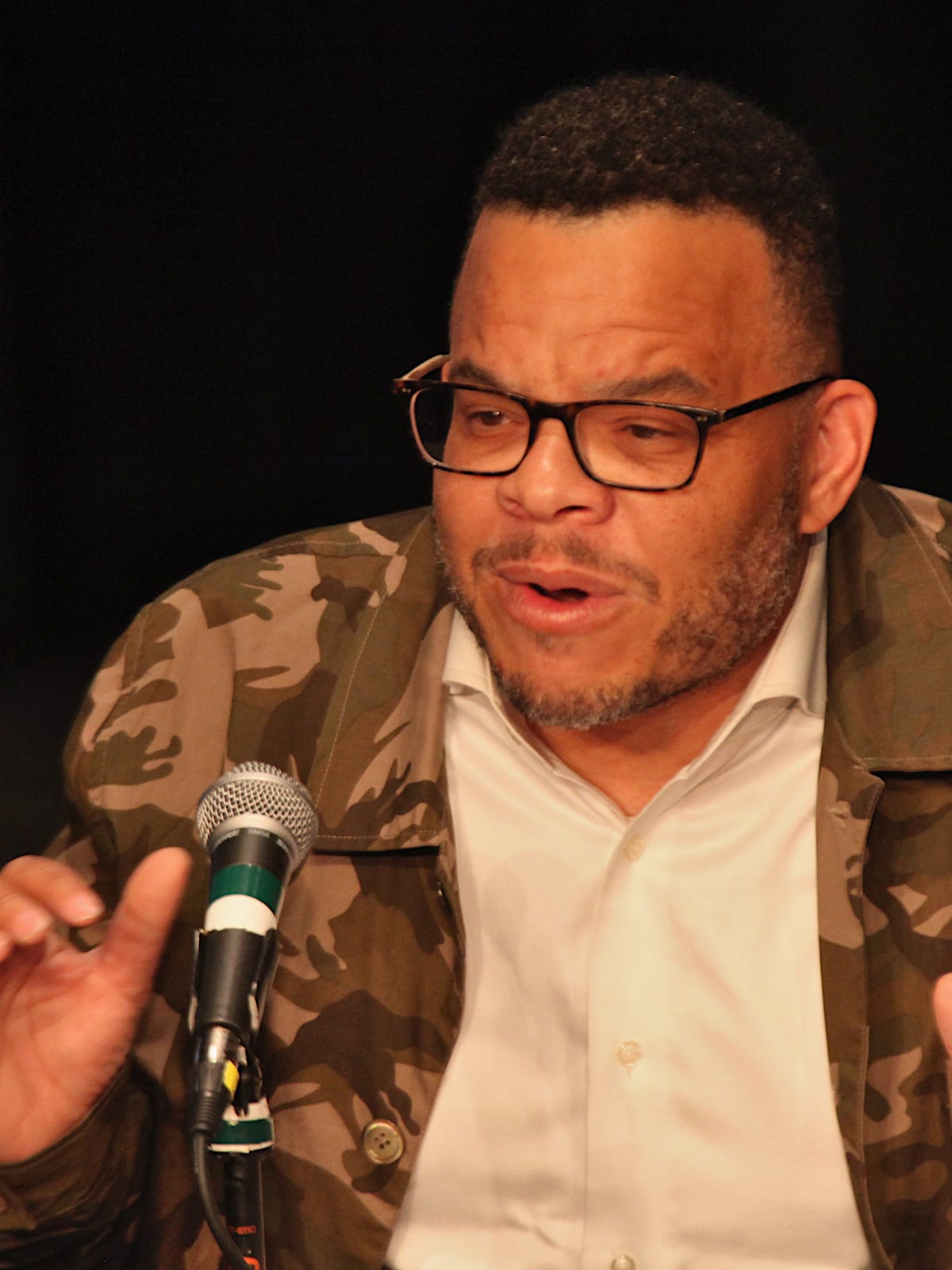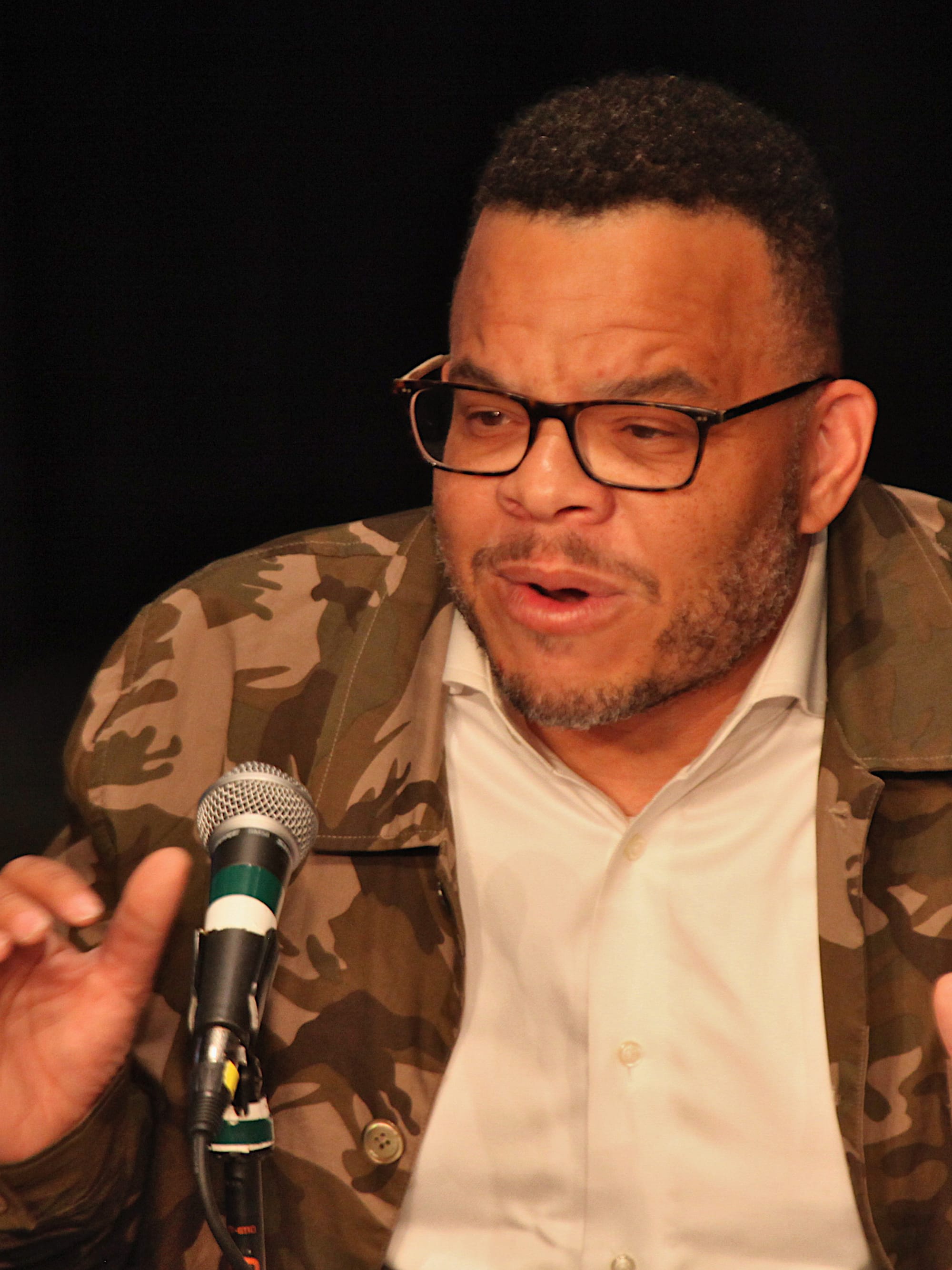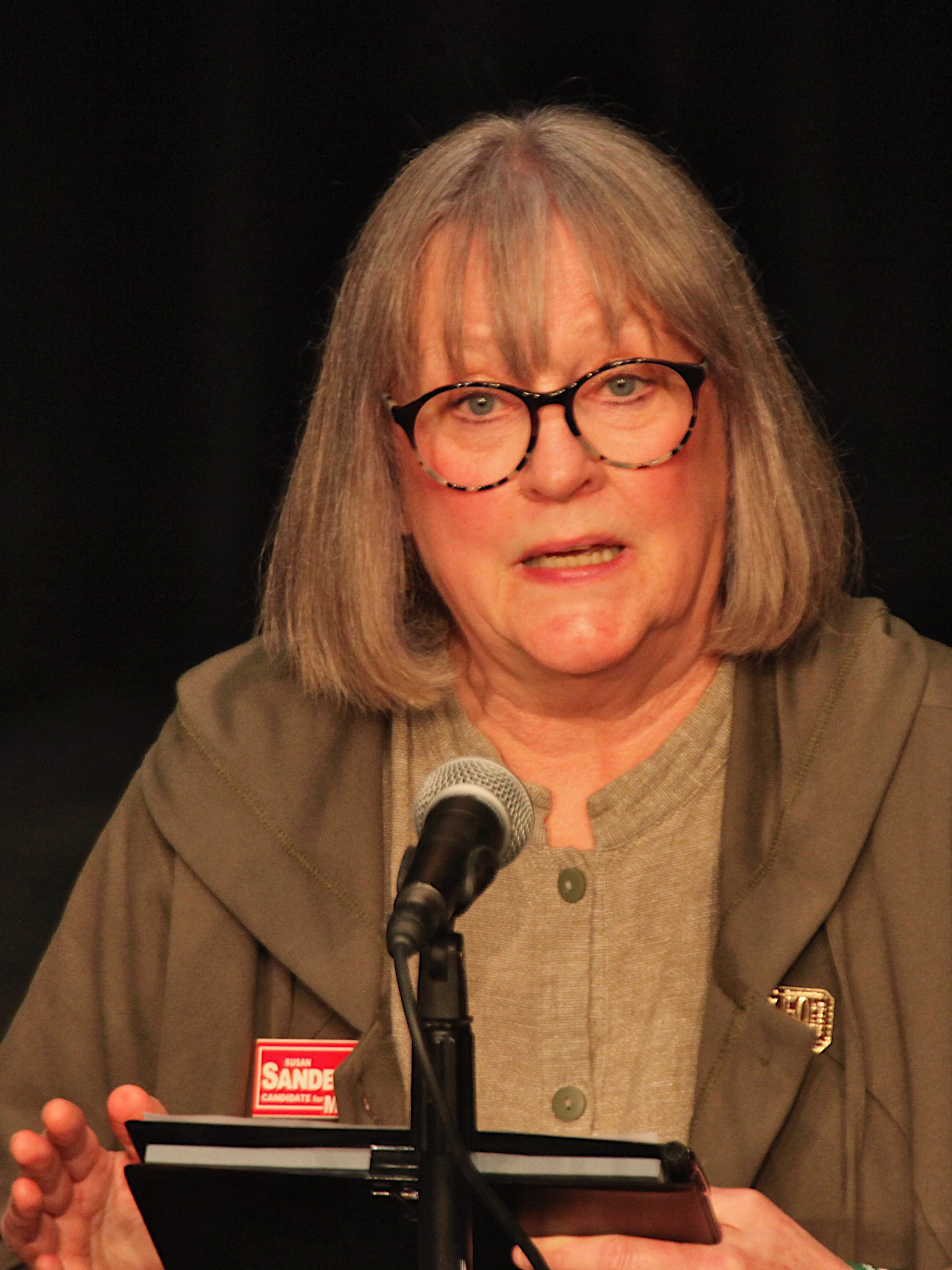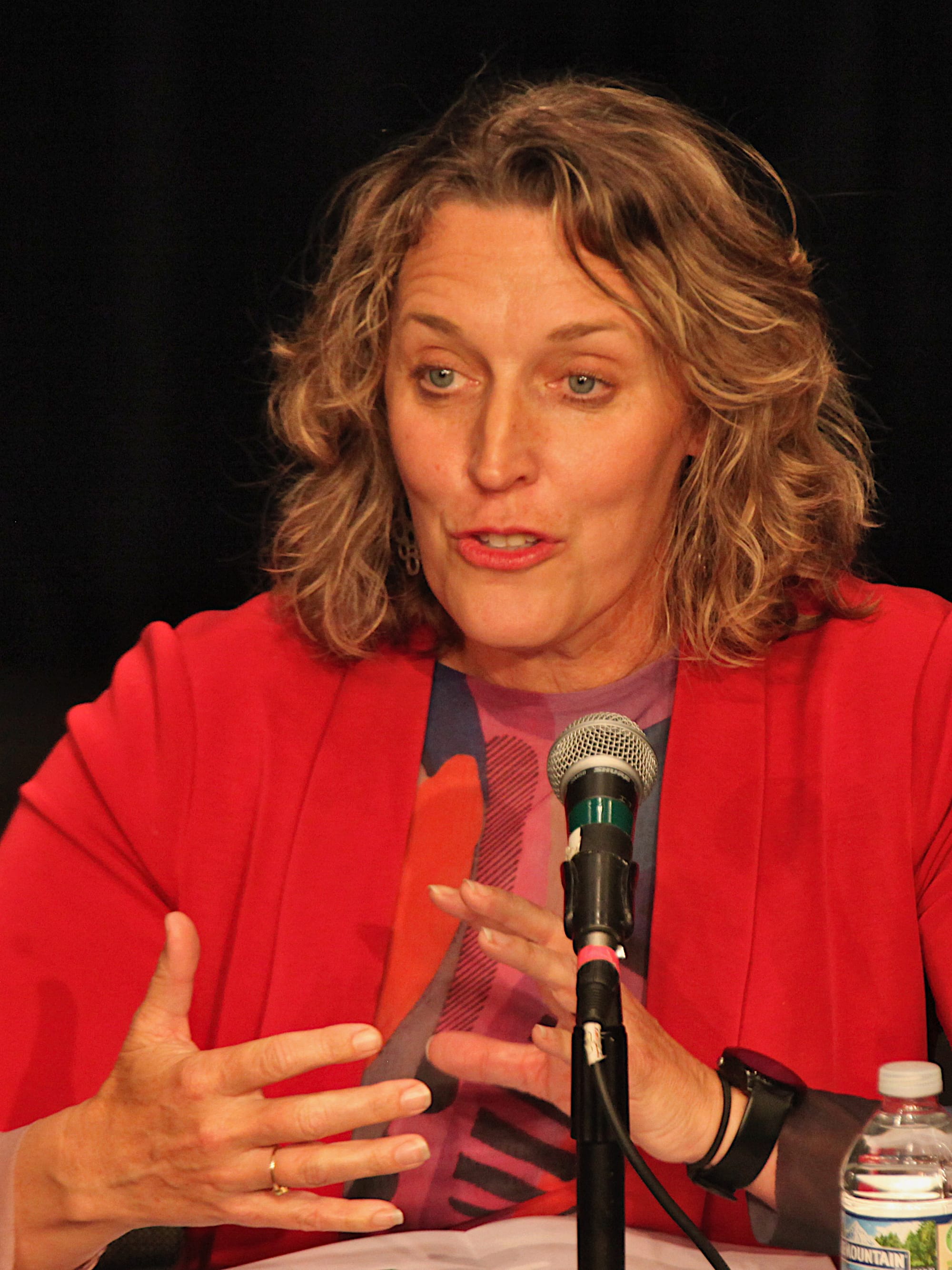Soft jabs from Bloomington mayoral candidates at forum on the arts




On Tuesday night, The Arts Alliance of Greater Bloomington held a forum for the Democratic Party’s candidates for Bloomington mayor.
All three mayoral hopefuls somewhat predictably expressed support for the arts.
Seeking the Democratic Party’s nomination for mayor of Bloomington are: Don Griffin, Susan Sandberg and Kerry Thomson.
Seated on stage at the Waldron Arts Center in front of a mostly full auditorium, the trio answered questions on a range of topics, including: arts funding; access to the arts for underrepresented and underserved groups; support for emerging artists and cultural entrepreneurs; the future of city-owned arts venues like the Buskirk-Chumley Theater and John Waldron Arts Center; and partnerships with Indiana University.
Candidates exchanged some soft verbal jabs, but no real punches were thrown.
One point of mild friction on Tuesday night related to the new 501(c)(3) that the city has recently formed, in order to administer various capital assets. The other sore point involved arts and housing opportunities at the site of the former IU Health hospital site—the planned Hopewell neighborhood—at 2nd and Rogers streets.
Called City of Bloomington Capital Improvement, Inc. (CBCI), the nonprofit was originally floated by mayor John Hamilton as an alternative to a capital improvement board (CIB) as the governance structure for the planned expansion of the Monroe Convention Center. Hamilton is not seeking reelection.
But the scope of CBCI, as currently defined, doesn’t include the convention center expansion. Instead, CBCI was supposed to focus on: arts sector projects like the Buskirk-Chumley Theater, the Waldron Arts Center; jobs and tech sector projects like the Trades District; and the redevelopment of the former IU Health hospital site, now called the Hopewell neighborhood.
Since it was formed, Hamilton’s administration has walked back the role of CBCI to be further confined, initially at least, to focus on the redevelopment of the Hopewell neighborhood. CBCI is a source of a current conflict between the mayor and the city council—because of the way the bylaws were set up to handle appointments to the five CBCI board seats. Hamilton formed CBCI with bylaws that say four board seats are to be appointed by the mayor and one seat is to be appointed by the city council.
As deputy mayor, Griffin was a part of the Hamilton administration, until he resigned at the end of December 2022, in order to run for mayor.
Thomson’s take on the process for forming CBCI was not favorable: “I’ll start by saying that I will always consult the management, the nonprofits that are managing these venues before you find out what’s going to happen to you in a press release. This is partnership, folks.”
Thomson added, “And if the city wants these incredible nonprofits to thrive, then we best ask them what it is that they need, and what challenges they’re facing, before we try to solve things at them.”
Sandberg, who is currently a member of the city council, also talked about the way the Hamilton administration had approached the formation of CBCI: “I was fairly shocked, because things kind of come fast and furious these days.” She added, “And that was not done respectfully, or with the proper partnership with the people who are currently managing the Buskirk and the Waldron.”
Forum moderator Gabe Gloden, who is the managing director of Constellation Stage & Screen, routinely gave candidates time to respond the statements by other candidates.
Griffin had this to say: “I love how… people in leadership positions, make somewhat complicated things scary—instead of just finding out themselves how things work—and then scaring you into thinking that they’re bad.”
In her answer to a question about the connection between support for the arts and support for low-income housing, Thomson said, “I’m looking at Hopewell, in particular, as the most opportune place to create some new housing.”
When Griffin’s turn came, he said, “OK, so the Hopewell that we’re talking about, the old hospital, those are my projects, not only as the president of the redevelopment commission, but also as the deputy mayor for the last two years.” Griffin added, “So that’s kind of my thing.”
In her followup, Thomson said, “I think that it’s critical that we don’t think about ‘my project’ or ‘your project’ and that we think about our community’s projects, and what partnerships we can leverage to create the Bloomington that we need in the next 40 years.”
People of color got no explicit mention by candidates in response to a question about reaching communities outside the downtown areas, particularly in underserved areas.
Making an indirect reference was Thomson, who talked about canvassing the Crestmont neighborhood, and floated the idea of taking festivals into specific neighborhoods. Griffin agreed with Thomson that it’s a great idea to engage neighborhoods, saying that the city of Bloomington is already working on that.
People of color did get some mentions during the closing statements, when Griffin listed the city’s Black y Brown Festival as one of the events his real estate company has helped to sponsor every year.
During his closing remarks, Griffin also noted that he and his wife, Nicole, have purchased several pieces of African American art for the Eskenazi museum, adding, “We needed more representation of people that look like us there.”




Comments ()